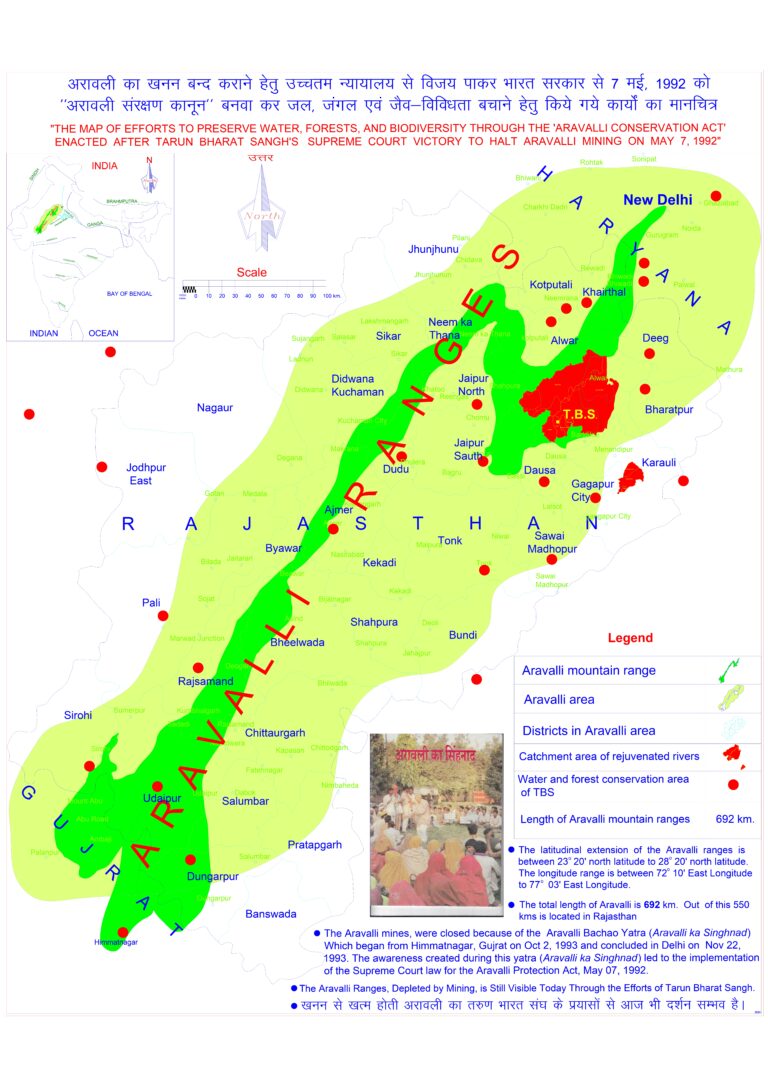
There is limited evidence on the severity of BA.2 relative to BA.1 or other Omicron Pango lineages
Geneva: The prevalence of the BA.2 variant among sequenced Omicron cases globally submitted to GISAID [Global initiative on sharing all influenza data] has been steadily increasing, reaching 21.09% in week 5 of 2022, the World Health Organization WHO) warned here today. However, there may not be much difference in severity when looking at countries where BA.2 is dominant and those where BA.1 is dominant, WHO said, but cautioned that there is limited evidence on the severity of BA.2 relative to BA.1 or other Omicron Pango lineages.
As of February 14, 2022, 10 countries reported a predominance of BA.2 (>50%): Bangladesh, Brunei Darussalam, China, Denmark, Guam, India, Montenegro, Nepal, Pakistan, Philippines.
However, there are differences between regions observed, with WHO’s South-East Asia Region reporting the highest prevalence of BA.2 among Omicron sequences (44.7%) and the Region of the Americas reporting the lowest prevalence (1%). WHO said this analysis is based on all sequences submitted to GISAID with samples collected from January 13 to February 11, 2022.
“These trends should be interpreted with due consideration of the limitations of surveillance systems, including differences in sequencing capacity and sampling strategies between countries, as well as laboratory turn-around times for sequencing and delays in reporting,” WHO said. Additionally, it said it is important to consider the relative proportions of the BA.2 sequences in the context of the case incidence when interpreting the spread and relative growth of different lineages.
It may be mentioned that since the designation of B.1.1.529 as a Variant Of Concern (VOC) on November 26, 2021, several lineages have been identified. These include Pango lineages BA.1, BA.1.1, BA.2 and BA.3, which are all being monitored by WHO under the umbrella of ‘Omicron’.
WHO said recent data on BA.2 is summarised based on a targeted literature search and an assessment based on the framework applied by the UK Health Security Agency (UKHSA).
Examples of countries that have seen an increase in the prevalence of BA.2 include South Africa where the prevalence rose from 27% on February 4, 2022, to 86% by February 11, 2022; the United Kingdom where the prevalence increased six-fold from January 17 to 31, 2022, (from 2.2% to 12%); Denmark where the prevalence doubled from week 52 of 2021 to week 2 of 2022 (from 20% to 45%) and became the dominant variant (66% of sequenced by week 3 of 2022) and the United States of America where the prevalence tripled from 1.2% during the week ending January 29, 2022 to 3.6% during the week ending February 5, 2022.
The prevalence of BA.2 appears to be increasing both in countries experiencing a decline in Omicron cases and in countries that are in the growing phase of the wave, the WHO stated.
Transmission
Early evidence from limited studies suggests BA.2 is more transmissible as compared to BA.1. Estimates of growth rates in Denmark indicate that BA.2 is 30% more transmissible than BA.1. An analysis of GISAID dat9 shows a growth rate advantage of BA.2 over BA.1 in all 43 countries with sufficient sequence data and co-circulation of the two lineages, translating to a pooled mean transmission advantage (i.e. the relative difference in effective reproduction numbers) of 84% (95% CI: 68% – 101%) across epidemiological contexts under the assumption of an unchanged generation time.
Currently available evidence on the secondary attack rate (SAR) among contacts of BA.2 compared to BA.1 was obtained from household transmission studies in Denmark and the United Kingdom. Danish researchers found higher SAR for BA.2 compared to BA.1 at one (8% vs 6%), seven (39% vs 29%) and 14 (42% vs 36%) days of follow-up. Similar results were reported in the United Kingdom with a higher SAR for BA.2 (13.4%; 95% CI:10.7%-16.8%) compared to BA.1 (10.3%; 95% CI: 10.1%-10.4%). These estimates are likely to change over time as more data become available.
It is currently unclear what factors drive the growth advantage of BA.2 over BA.1. Preliminary data show similar antibody responses to BA.1 and BA.2. This supports findings from a household transmission study conducted in Denmark, in which unvaccinated primary cases infected with BA.2 were more likely to transmit to household contacts when compared to BA.1. The increase in the proportion of BA.2 relative to BA.1 in contexts with decreasing case numbers also supports increased transmissibility of BA.2 in comparison to BA.1, rather than immune evasion.
Diagnostic testing
In contrast to Omicron Pango lineages BA.1 and BA.1.1, the BA.2 Pango lineage does not have the 69-70 deletion in the Spike protein which is responsible for S-gene target failure (SGTF) on certain PCR assays. The presence of SGTF was previously considered to screen for Omicron, enabling a proxy to distinguish between BA.1 and other VOCs, such as Delta, in the absence of sequencing. In settings where Omicron is the dominant circulating variant, employing this screening approach could enable some distinction between BA.1 (SGTF) and BA.2 in which the result would be S- gene target positive (SGTP).6This approach is only possible in settings where the prevalence of Omicron is very high and it should be noted that sequencing is the only way to definitively confirm a particular variant.
Disease severity
As the proportion of BA.2 has steadily increased in recent weeks in the United Kingdom, there has been a consistent decrease in the number of hospitalizations and deaths. In the United States of America, there have been decreases in hospitalizations and increases in the number of deaths across successive weeks. In this context, a 5.9% reduction in the number of new deaths was reported during the week ending February 8, 2022, as compared to the previous week ending February 1, 2022.
However, WHO warned this does not allow inferences to be made as to the relative severity of BA.2 as in both these countries, BA.1 or BA.1.1 was the dominant Pango lineage during this period.
– global bihari bureau





